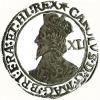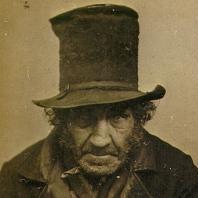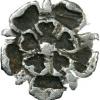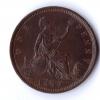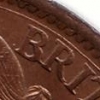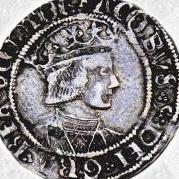This on the other hand, was personally touched by the king, having been handed to a participant at a royal Touching Ceremony.
The Touch was thought, due to the belief that kings were god's representatives on earth (see Divine Right) to be able to cure a number of illnesses, similar to a saint's intercession. The major one was scrofula, an unpleasant but rarely fatal disease that not infrequently went into remission. The habit appears to have dated from Edward the Confessor and the Stuarts were the last to practice the habit.
Initially the Royal Touch was the main purpose of the ceremony but soon a small payment was added to charitably support the sufferer. From the reign of Edward IV a gold angel was the accepted form this took. An appropriate piece, given the presence of an angel on one side of the coin and the ship of state on the other. Additionally the value of the coin 6/4d was the accepted payment for a doctor at the time.
Angels were officially pierced and the monarch then threaded them onto a length of white silk ribbon, before hanging the coin around the neck of a sufferer. One of the most famous was Dr Samuel Johnson who received his from Queen Anne, the last monarch to Touch. Johnson's touchpiece is now displayed in the British Museum. This is another example I was very pleased to be able to find for my collection. S. 2684A Portcullis privy mark ( 11 Jul 1633 - 27 Jun 1634)
 Coinpublications.com
Coinpublications.com
